Destiny 2 is a thrilling online multiplayer game that blends fast-paced shooting with deep role-playing mechanics. For new players, the game’s complexity can be overwhelming, but with the right guidance, you can quickly become a confident Guardian. This guide provides actionable advice to help you master the game’s basics and set you on the path to success.
-
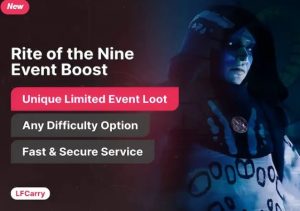 Rite of the Nine Boost
Rite of the Nine BoostThe Rite of the Nine is an exclusive event in Destiny 2 that revitalizes three iconic dungeons: Prophecy, Spire of the Watcher, and Ghosts of the Deep.
-
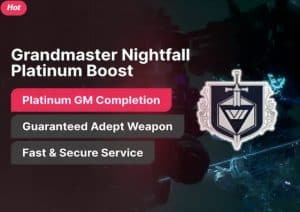 Grandmaster Nightfall Platinum Boost
Grandmaster Nightfall Platinum BoostConquer the most challenging PvE content in Destiny 2 with our Grandmaster Nightfall Platinum Boost.
Table of Contents
Getting Started in Destiny 2
Destiny 2, developed by Bungie, is a free-to-play first-person shooter with a rich sci-fi universe. Players take on the role of Guardians, defenders of humanity, choosing from three classes: Hunter, Titan, or Warlock. Each class offers unique abilities and playstyles, and the game’s depth comes from its subclasses, gear systems, and cooperative activities. The following 17 tips will help you navigate the early stages of your journey.
The 17 Tips
The scheduling confusion sparked backlash on social media, forums, and Reddit. In response, Dylan Gafner, Bungie’s Principal Communications Manager, confirmed the rotation and acknowledged the miscommunication:
“Dungeons are currently slated to be 3 weeks at a time. Spire > Ghosts > Prophecy, followed by all being available for a final week.”
Only a day after the initial announcement, the Destiny 2 Team issued an update revealing a significant adjustment: the dungeon rotation will now run for two weeks instead of three, and additional loot rewards are being introduced alongside this change.
Tip 1: Choose Your Class Wisely
Destiny 2 offers three classes: Hunter (agile, stealth-focused), Titan (durable, melee-oriented), and Warlock (magic-based, versatile). Experiment with each to find what suits your playstyle. Hunters excel in mobility, Titans in defense, and Warlocks in ability synergy.
Each class in Destiny 2 has unique abilities that define their gameplay. Hunters have a dodge ability that allows them to quickly reposition and either reload their weapon or recharge their melee ability, making them highly mobile and adaptable in combat. Titans can deploy a barricade, which provides cover for themselves and their teammates, essential for holding positions or reviving fallen allies. Warlocks possess the rift ability, which creates a zone that either heals or empowers those standing within it, offering crucial support in both offensive and defensive scenarios.
While each class has its strengths, it’s important to note that Destiny 2 allows for a high degree of customization through subclasses and gear. For instance, a Hunter can choose to focus on stealth with the Nightstalker subclass or deal massive damage with Golden Gun. Titans can opt for the Sunbreaker subclass to wield a flaming hammer or the Sentinel for a defensive shield. Warlocks have access to the Dawnblade for aerial combat or the Stormcaller for chain lightning attacks. Experimenting with different subclasses will help you find the playstyle that resonates with you the most.
Tip 2: Understand Subclasses
Each class has subclasses tied to elements like Solar, Arc, Void, Stasis, and Strand. For example, a Hunter’s Arcstrider subclass emphasizes speed and melee. Try different subclasses to discover which aligns with your preferred combat style.
In addition to the traditional Light-based subclasses, Destiny 2 has introduced Darkness-based subclasses, with Stasis being the first and Strand the second. Strand, available through the Lightfall expansion, allows Guardians to tap into a new form of power by manipulating the Weave, a psychic matrix that connects all things. Each class has a unique Strand subclass: Hunters become Threadrunners, excelling in mobility with grapple abilities; Titans transform into Berserkers, wielding immense strength; and Warlocks take on the role of Broodweavers, capable of summoning threadling creatures to aid in combat. Note that accessing Stasis requires the Beyond Light expansion, and Strand requires the Lightfall expansion.
To unlock the Strand subclass, players must own the Lightfall expansion and complete its campaign. Once unlocked, you can further customize your Strand abilities by earning and equipping Fragments and Aspects, which provide additional perks and modifications to your subclass. Experimenting with different combinations will allow you to tailor your playstyle, whether you prefer aggressive assaults, strategic support, or agile maneuvers. As you progress, you’ll discover the depth and versatility that Strand brings to your Guardian’s arsenal
Tip 3: Follow the New Light Campaign
The New Light campaign introduces core mechanics like shooting, abilities, and navigation. Complete it to unlock key features and get a feel for the game’s world.
The New Light campaign serves as an essential tutorial for new players, guiding you through the basics of Destiny 2’s gameplay. You’ll learn how to use your weapons, activate your abilities, and navigate the game’s various environments. The campaign also introduces you to key characters and the overarching narrative, setting the stage for your adventures in the Destiny universe. Completing the New Light campaign is crucial as it unlocks access to the Tower, where you can interact with vendors, join fireteams, and participate in various activities.
Beyond the basics, the New Light campaign provides a structured path to familiarize yourself with Destiny 2’s mechanics without feeling overwhelmed. It includes missions that teach you about different enemy types, how to manage your inventory, and the importance of upgrading your gear. By following this campaign, you’ll gain a solid foundation that will make tackling more challenging content, such as strikes and raids, much easier. Additionally, completing the campaign rewards you with starter gear and resources that will aid in your early progression.
Tip 4: Master Your Gear
Gear determines your power level and playstyle. Equip weapons and armor with stats that complement your class, such as mobility for Hunters or resilience for Titans.
In Destiny 2, your gear is pivotal to both your power level and your character’s capabilities. Each piece of armor comes with stats that influence your Guardian’s performance: mobility affects movement speed and jump height, resilience increases damage resistance, recovery speeds up health regeneration, discipline reduces grenade cooldown, intellect decreases super ability cooldown, and strength lowers melee ability cooldown. For Hunters, prioritizing mobility can enhance their agility, while Titans might focus on resilience for better survivability, and Warlocks on recovery for faster healing.
Managing your gear also involves understanding the infusion system, which allows you to increase the power level of your favorite items by consuming higher-power gear. This way, you can keep using weapons and armor that suit your playstyle without falling behind in power. Additionally, be mindful of the mods you equip on your armor, as they can provide significant bonuses to your stats or abilities. As you progress, you’ll unlock more powerful gear and mods, enabling you to fine-tune your build for specific activities or challenges.
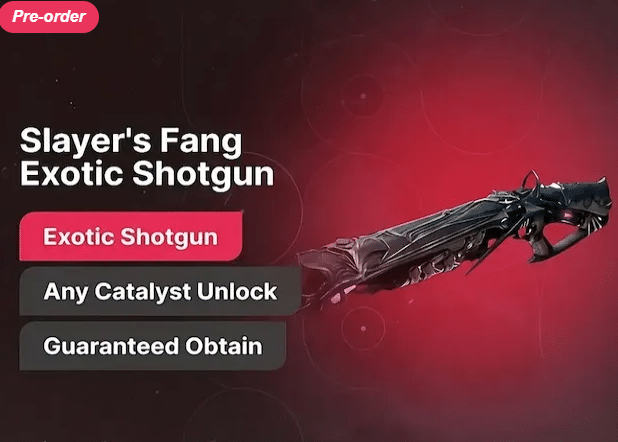
Tip 5: Use Light.gg for Weapon Perks
Check weapon perks on Light.gg to understand which rolls are best for your build. This site helps identify top-tier perks for PvE or PvP.
Weapon perks are special attributes that can significantly alter how a weapon functions. For example, some perks increase magazine size, improve accuracy, or grant bonus damage under certain conditions. Understanding which perks synergize well with your playstyle or the activity you’re engaging in is crucial for maximizing your effectiveness. Light.gg provides a comprehensive database where you can look up any weapon and see community-rated perk combinations, known as “rolls,” that are considered optimal for different scenarios.
When using Light.gg, you can search for a specific weapon and view its possible perks. The site assigns a rating to each roll based on community feedback, helping you determine whether a weapon in your inventory is worth keeping or infusing. For instance, a roll with Rampage and Kill Clip might be highly rated for PvE due to its damage-boosting capabilities, while a roll with Quickdraw and Snapshot Sights could be preferred for PvP for faster handling and aiming. By leveraging this resource, you can make informed decisions about which weapons to use and which to dismantle.
Tip 6: Manage Inventory with Destiny Item Manager
Use Destiny Item Manager to organize your gear, transfer items between characters, and optimize loadouts efficiently.
Destiny Item Manager (DIM) is an indispensable tool for any serious Destiny 2 player. It provides a user-friendly interface to view and manage all your gear across multiple characters from a single screen. With DIM, you can quickly transfer weapons and armor between your characters or to your vault, saving you the time and hassle of manually doing so in-game. This is particularly useful during activities when you need a specific piece of equipment on short notice.
Beyond simple inventory management, DIM offers advanced features such as loadout optimization, where you can create and save custom loadouts for different activities or builds. It also includes a powerful search function that allows you to filter your items based on various criteria, like power level, perks, or elemental affinity. Additionally, DIM can help you identify duplicate items or suggest which gear to keep based on community ratings. By integrating DIM into your routine, you’ll spend less time managing your inventory and more time enjoying the game.
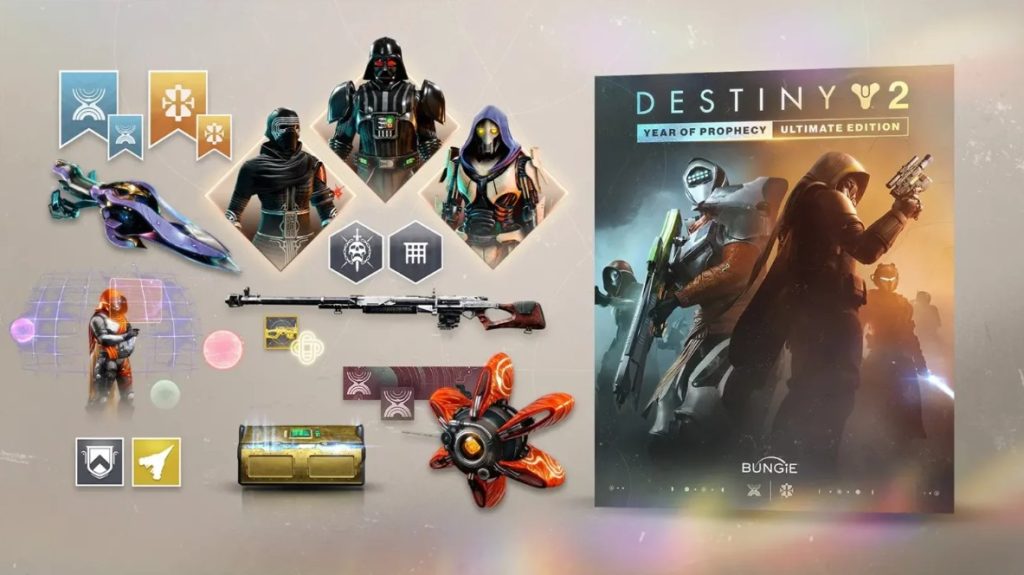
Tip 7: Track Events with Today in Destiny
Visit Today in Destiny to stay updated on daily and weekly events, lost sectors, and vendor inventories like Xur’s exotic offerings.
Today in Destiny is a valuable resource that aggregates all time-sensitive information in Destiny 2, making it easy for players to plan their gaming sessions. The site details daily and weekly reset information, including which strikes, crucible maps, and nightfall ordeals are active. It also tracks the rotation of lost sectors, which is crucial for farming specific exotic armor pieces. Additionally, it provides the location and inventory of Xur, the exotic vendor who appears every weekend, allowing you to quickly see what he’s selling without searching in-game.
Using Today in Destiny can significantly enhance your efficiency in Destiny 2. By knowing in advance which activities offer powerful or pinnacle rewards, you can prioritize your playtime to maximize your progression. For example, if a particular nightfall strike offers a desired weapon, you can focus on completing it during that week. Similarly, checking Xur’s inventory can save you from missing out on must-have exotics. Incorporating this tool into your routine ensures you’re always informed about the latest opportunities in the game.
Tip 8: Prioritize Bounties
Complete daily and weekly bounties from vendors like Zavala or Banshee-44 to earn experience and resources, boosting your seasonal progress.
Bounties are a fundamental part of Destiny 2’s progression system. They come in daily and weekly variants, with daily bounties resetting every day and weekly bounties resetting at the weekly reset. Each bounty has specific requirements, such as defeating a certain number of enemies with a particular weapon type or completing activities in a specific playlist. By completing bounties, you earn experience points that contribute to leveling up your seasonal artifact and increasing your power level.
In addition to experience, bounties often reward glimmer, the in-game currency, and other resources like enhancement cores or planetary materials. Some bounties also grant reputation with specific vendors, which can lead to additional rewards. To maximize your gains, it’s advisable to pick up as many bounties as possible before starting your play session and try to complete them while doing other activities. This way, you can efficiently earn rewards without deviating too much from your intended gameplay.
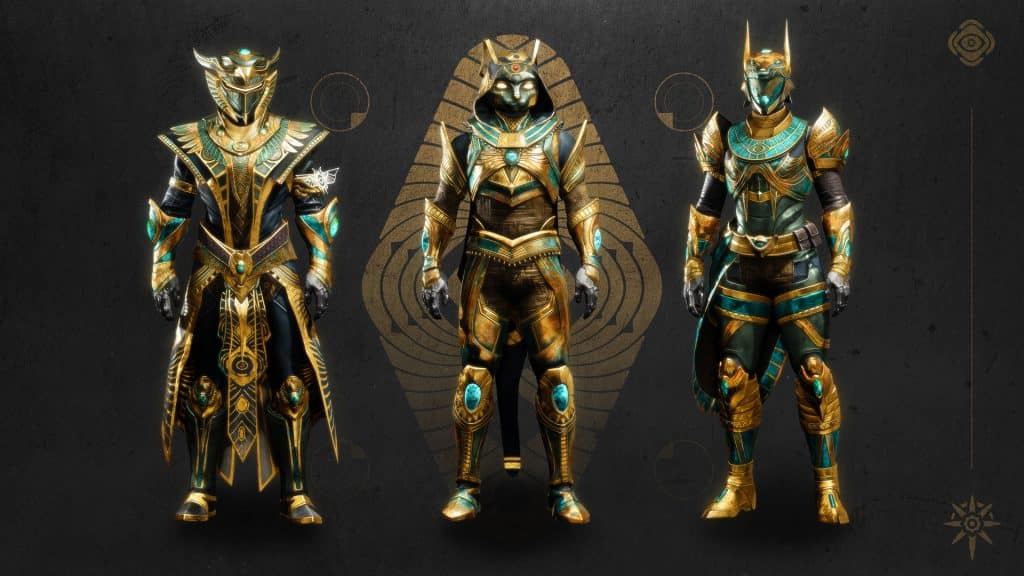
Tip 9: Understand Power Levels
Your power level, determined by gear, affects activity difficulty. Focus on equipping higher-power items and completing powerful reward activities to level up.
Your power level in Destiny 2 is crucial as it determines your effectiveness in various activities. Each piece of gear has its own power level, and your overall power level is the average of all equipped items. Activities such as strikes, raids, and PvP matches have recommended power levels; if your power level is below the recommendation, you’ll deal less damage and take more damage from enemies. Conversely, being over the recommended power level can make activities easier, though there are diminishing returns.
To increase your power level, you need to acquire gear with higher power levels. Initially, any gear drop can increase your power up to the soft cap. Beyond that, you’ll need to complete activities that grant powerful rewards, such as weekly challenges from vendors or specific playlists. Once you reach the powerful cap, only pinnacle rewards from endgame activities like raids or high-level nightfalls will further increase your power level. Planning your weekly activities to complete these challenges is essential for steady progression.
Tip 10: Join a Fireteam
Destiny 2 shines in cooperative play. Join friends or use the game’s matchmaking to tackle strikes, raids, and other group activities.
While Destiny 2 can be played solo, many of its most rewarding and challenging activities are designed for fireteams—groups of up to three or six players. Activities like strikes, dungeons, and raids often require coordination and teamwork to complete successfully. Playing with a fireteam not only makes these activities more manageable but also more enjoyable, as you can strategize and communicate with your teammates. The game offers matchmaking for certain activities, but for others, you’ll need to form your own group.
To find fireteams, you can use the in-game roster to invite friends or join public events where other players are present. Additionally, there are numerous online communities, forums, and Discord servers dedicated to Destiny 2 where you can find like-minded players to team up with. Joining a clan is another excellent way to connect with other players; clans offer additional benefits such as clan banners that provide buffs and access to clan-specific rewards. Being part of a clan can also provide a sense of community and regular teammates for activities.
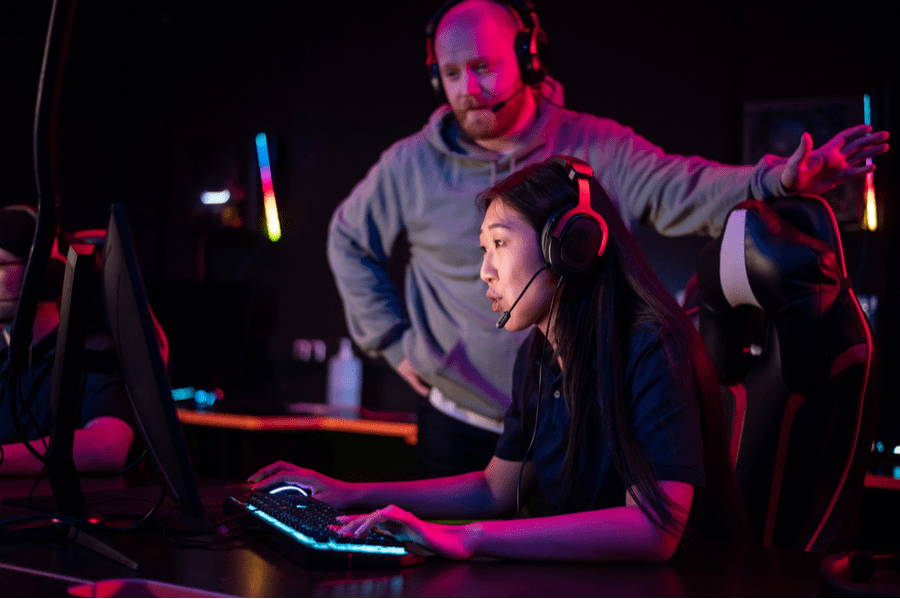
Tip 11: Explore Lost Sectors
Lost sectors are hidden dungeons offering loot and experience. Check “Today in Destiny” site for daily legendary lost sector rotations.
Lost sectors are small, instanced areas hidden within each planet’s patrol zones. They are marked on the map with a specific symbol once discovered and typically involve fighting through enemies to reach a boss, defeating it, and claiming the loot from a chest. These sectors are an excellent way for solo players to engage in challenging content and earn rewards. Each lost sector has a unique layout and enemy composition, providing variety and replayability.
Beyond the standard lost sectors, Destiny 2 features daily rotating legendary and master lost sectors. These are more difficult versions that require careful strategy and optimized loadouts to complete, especially when attempting them solo. Successfully completing a legendary or master lost sector alone rewards you with a chance to obtain exotic armor pieces that are otherwise hard to come by. The specific exotic that drops rotates daily, so checking resources like Today in Destiny can help you plan which days to tackle these challenges based on the rewards offered.
Tip 12: Learn Mods and Builds
Equip armor mods to enhance abilities or stats. Start with basic mods like discipline or strength to reduce ability cooldowns.
Mods are a critical component of customizing your Guardian’s capabilities. Armor mods can be categorized into general mods, which affect stats or basic functionalities, and combat style mods, which introduce more advanced mechanics. General mods include those that increase specific stats like intellect or resilience, or mods that improve weapon handling or reload speed. Combat style mods, on the other hand, enable synergistic effects such as becoming Charged with Light, which can grant damage bonuses or other buffs when certain conditions are met.
To acquire mods, you can purchase them from vendors like Banshee-44 or Ada-1, who rotate their offerings daily. Some mods are also obtained through completing specific activities or from seasonal content. As a beginner, start by equipping mods that reduce the cooldowns of your abilities, such as discipline for grenades or strength for melee. As you become more comfortable, experiment with combat style mods to create builds that suit your playstyle. For example, a build focused on generating and consuming Charged with Light stacks can significantly boost your damage output in both PvE and PvP.
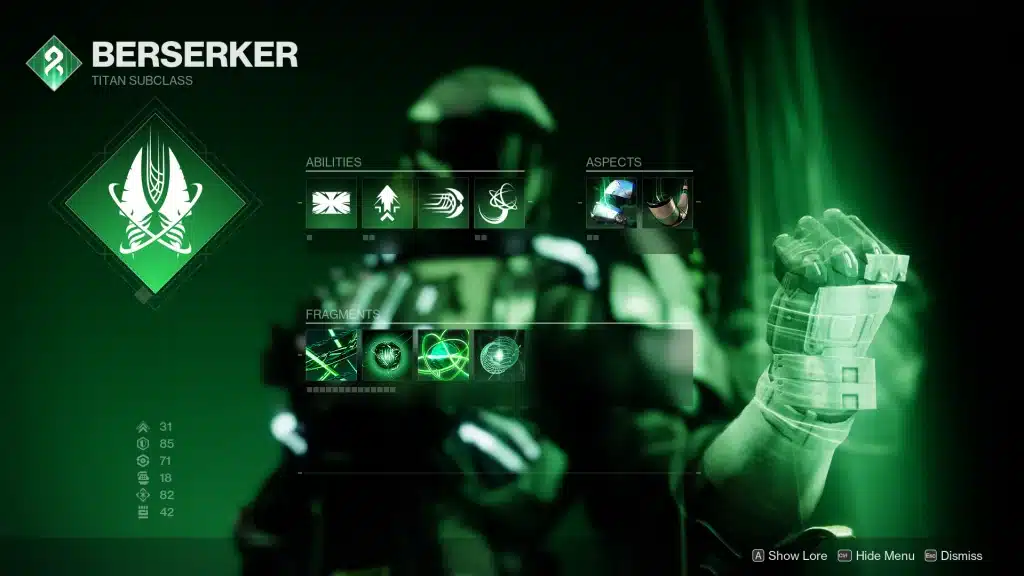
Tip 13: Engage with Seasonal Content
Seasonal storylines and activities offer unique rewards. Follow the seasonal questline to unlock powerful gear and narrative content.
Destiny 2 operates on a seasonal model, where new content is released every few months. Each season brings a fresh storyline that advances the game’s narrative, often tying into larger expansions. Alongside the story, seasons introduce new activities, such as seasonal arenas or public events, which offer unique rewards and challenges. Participating in seasonal content is essential for staying up-to-date with the game’s evolving world and for acquiring powerful gear that can aid in your progression.
To access the full range of seasonal content, players need to purchase the season pass, which grants access to exclusive missions, rewards, and the seasonal activity. However, even without the season pass, free-to-play players can still engage with some seasonal events and earn certain rewards. Following the seasonal questline not only provides context to the ongoing story but also unlocks powerful artifacts and gear that can enhance your builds. Additionally, seasons often feature limited-time events and challenges, so it’s beneficial to participate actively during each season.
Tip 14: Experiment with Exotics
Exotic weapons and armor have unique perks. Visit Xur weekly via Today in Destiny to purchase exotics and test their effects.
Exotic items are the pinnacle of gear in Destiny 2, each possessing a unique perk that can dramatically change how you play. Unlike legendary items, which have random rolls, exotics have fixed perks, making them consistent and reliable. However, you can only equip one exotic weapon and one exotic armor piece at a time, so choosing which ones to use is crucial. Exotics can provide abilities like increased damage, enhanced mobility, or even entirely new mechanics not found in other gear.
There are several ways to acquire exotics. Xur, the exotic vendor, appears every weekend and sells a selection of exotic items for legendary shards. His location and inventory change weekly, so checking Today in Destiny can help you find him and see what he’s offering. Additionally, exotic engrams can drop from various activities, and some exotics are tied to specific quests or raid completions. Experimenting with different exotics will allow you to discover powerful combinations that suit your playstyle and enhance your effectiveness in both PvE and PvP.
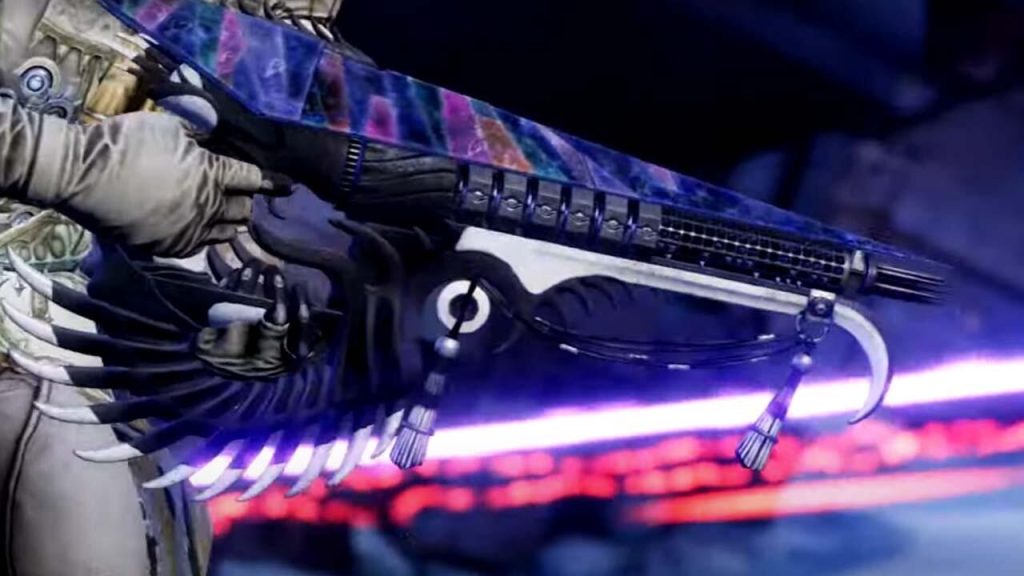
Tip 15: Understand Currencies
Manage currencies like Glimmer, Legendary Shards, and Enhancement Cores. Spend them wisely on upgrades or vendor purchases.
Destiny 2 features a variety of currencies that are used for different purposes. Glimmer is the most basic currency, earned from almost every activity, and is used for purchasing items from vendors, applying mods, or infusing gear. Legendary Shards are obtained by dismantling legendary or exotic items and are crucial for buying exotics from Xur or acquiring specific items from collections. Enhancement Cores are used to masterwork weapons and armor, increasing their stats or adding special perks.
Other important currencies include Bright Dust, which is earned through bounties and used to purchase cosmetic items from the Eververse store, and Silver, which is bought with real money for premium cosmetics. Additionally, there are planetary materials specific to each destination, used for purchasing upgrades or turning in for reputation. Managing your currencies effectively involves spending them on necessary upgrades and avoiding wasteful purchases. For example, save Legendary Shards for when Xur has a desirable exotic, and use Enhancement Cores to masterwork your most-used gear.
Tip 16: Read Bungie’s Official Guide
Bungie’s official beginner guide at Bungie.net offers detailed insights into mechanics and progression.
Bungie’s official beginner guide is an excellent starting point for new players. It covers the fundamental aspects of Destiny 2, including character creation, basic controls, and an overview of the game’s activities. The guide is regularly updated to reflect changes in the game, ensuring that the information is current and reliable. By familiarizing yourself with this guide, you can gain a solid understanding of how to navigate the game’s complex systems and what steps to take as you progress.
In addition to Bungie’s guide, there are numerous community-driven resources that can provide further assistance. Websites like Reddit’s r/DestinyTheGame, Destiny 2’s official forums, and various YouTube channels offer in-depth tutorials, build guides, and tips from experienced players. Engaging with these communities can help you stay informed about the latest strategies, updates, and events in Destiny 2. Don’t hesitate to ask questions or seek advice; the Destiny 2 community is generally welcoming and eager to help newcomers.
Tip 17: Stay Persistent
Destiny 2 rewards dedication. Experiment, learn from mistakes, and engage with the community to improve your skills over time.
Like many live-service games, Destiny 2 is designed to be played over an extended period, with content that evolves and expands regularly. This means that persistence is key; the more you play, the more you’ll understand the intricacies of the game and improve your skills. Don’t be afraid to try new things, whether it’s a different subclass, a new weapon type, or a challenging activity. Each experience, whether successful or not, is an opportunity to learn and grow as a player.
Engaging with the Destiny 2 community can also greatly enhance your experience. Joining a clan, participating in forums, or watching streams can provide valuable insights and tips that you might not discover on your own. Moreover, playing with others can make difficult content more accessible and enjoyable. Remember that everyone was a beginner at some point, and many players are willing to help guide you through the game’s challenges. Stay persistent, keep learning, and you’ll find yourself becoming a formidable Guardian in no time.
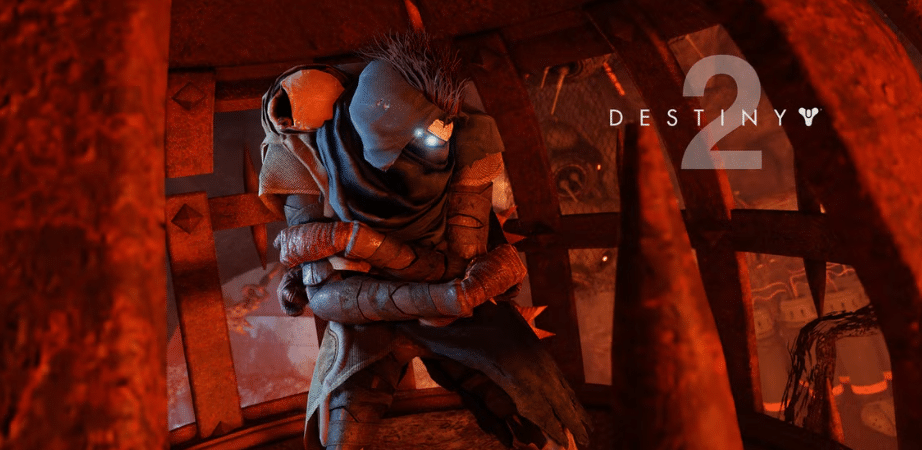
Useful Resources for Beginners
Resource | Purpose | URL |
Light.gg | Check weapon perks and rolls | |
Destiny Item Manager | Manage gear and loadouts | |
Today in Destiny | Track events and vendor inventories | |
Bungie’s Official Guide | Learn game mechanics |
Why These Tips Are Crucial
Destiny 2’s complexity can overwhelm new players, but these 17 tips provide a clear path forward. From choosing the right class to leveraging external tools, they cover essential aspects of gameplay, ensuring you progress efficiently. The game’s community-driven nature also means you can connect with others for support, making resources like relevant telegram channels, subreddits or news sites valuable for updates and tips.
Next Steps for New Guardians
As you dive into Destiny 2, focus on completing the New Light campaign, experimenting with subclasses, and engaging with seasonal content. Use the recommended tools to stay organized and informed. With persistence, you’ll soon master the game’s mechanics and join the ranks of seasoned Guardians.
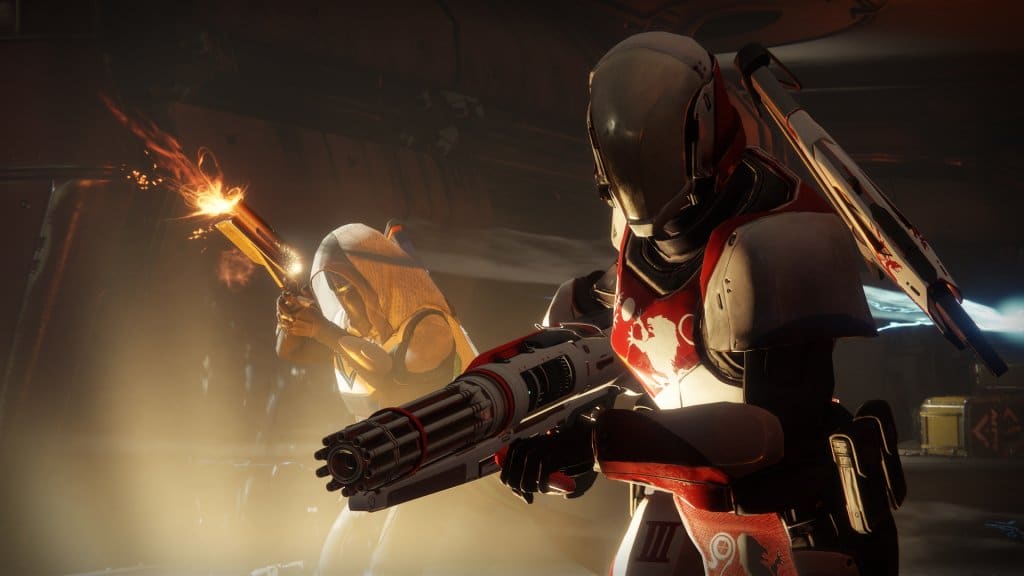

1 comment
4o Image API
May 24, 2025 at 12:20 amReally appreciate how this guide breaks down the early game for new Guardians—understanding class choice and the subclass system can be overwhelming without some direction. One tip I’d add for beginners is to explore Lost Sectors early on—they’re great for learning map layouts and testing out new gear in a low-pressure environment.